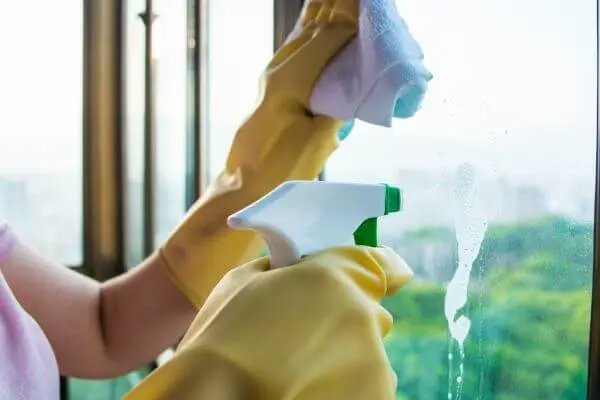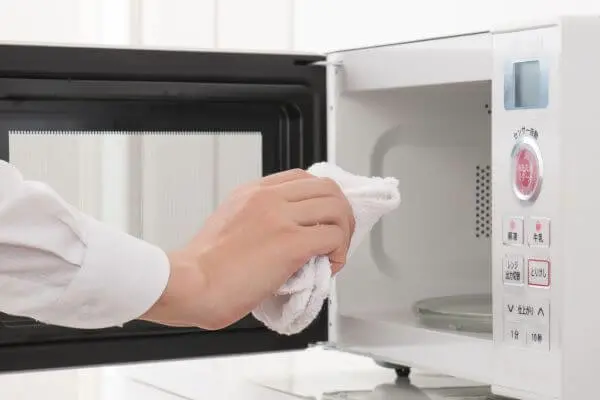How to Remove Mold from Walls: Complete Guide to a Fungus-Free Home
When it comes to keeping our home clean and healthy, one of the most common problems we face is the emergence of mold on the walls. Mold is not only unpleasant to look at, but it can also be harmful to your health, causing respiratory problems and allergies. Therefore, knowing how to effectively remove mold from walls is essential to ensuring a safe and pleasant environment for you and your family.
In this comprehensive guide, we’ll cover everything you need to know about how to get rid of mold on your walls. From the causes of mold to removal and prevention methods, you’ll find detailed information and practical tips to effectively deal with this problem. Read on to find out how to keep your walls mold-free and ensure a healthy home.
Causes of Mold on Walls
Before we learn how to remove mold from walls, it is important to understand the causes of this problem. Mold is a fungus that grows in damp and poorly ventilated areas. Therefore, the main causes of mold on walls include:
1. Excessive Humidity
Moisture is the main factor that favors the growth of mold. Walls that are constantly exposed to leaks, water infiltration or high levels of indoor humidity are more prone to developing mold.
2. Poor Ventilation
A lack of proper ventilation in a room can create ideal conditions for mold growth. Poorly ventilated areas, such as bathrooms and basements, are particularly susceptible.
3. Condensation
Condensation occurs when water vapor in the air turns into liquid water when it comes into contact with cold surfaces, such as poorly insulated walls. This can create an environment that is conducive to mold growth.
4. Leaks
Water leaks in pipes, roofs or walls can also be a source of moisture that fuels mold growth.
How to Remove Mold from Walls: Step by Step
Now that you understand the causes of mold on walls, it’s time to learn how to effectively remove it. Follow this step-by-step guide to ensure your home is mold-free.
Step 1: Assess the Extent of the Problem
Before you begin the mold removal process, it’s important to determine the extent of the problem. Check to see if the mold is just on the surface of the wall or if it extends deeper into the structure. This will help you determine whether you can handle the removal yourself or if you need to call a professional.
Step 2: Protective Equipment
Mold can release spores into the air that can be harmful to your health. Therefore, it is crucial to wear personal protective equipment, such as gloves, a respirator mask, and goggles, before you begin cleaning.
Step 3: Isolating the Area
Isolate the affected area by closing doors and windows to prevent mold spores from spreading to other parts of the house. Use plastic tape to seal any gaps.
Step 4: Mold Removal
To remove mold from the wall, follow these steps:
a. Cleaning with Detergent
Mix warm water with dish soap and use a sponge or cloth to scrub the affected area. This will help remove the surface layer of mold.
b. Cleaning with Vinegar Solution
A solution of white vinegar and water (in a 1:1 ratio) is effective in killing mold spores. Apply the solution to the affected wall and let it sit for at least 10 minutes before rinsing.
c. Sanitary Water
If the mold infestation is severe, you can use bleach diluted in water to clean the area. Remember to wear gloves and ensure good ventilation during the process.
d. Hard Bristle Brush
Use a stiff-bristled brush to gently scrub the area and remove any deeply embedded mold.
Step 5: Rinse and Dry
After cleaning, rinse the wall with clean water and dry thoroughly with towels or cloths. Make sure the area is completely dry to prevent mold from returning.
Step 6: Prevention
Prevention is key to keeping mold from returning to your walls. Consider the following measures:
a. Humidity Control
Keep humidity levels in your home below 50%. Use dehumidifiers if necessary and fix any water leaks.
b. Adequate Ventilation
Make sure your home is well-ventilated. Open windows and use exhaust fans, especially in humid areas.
c. Insulation and Waterproofing
Improve wall insulation and waterproofing of areas prone to leaks.
d. Regular Maintenance
Perform regular maintenance on your home to identify and correct problems that may cause mold.
Frequently Asked Questions About How to Remove Mold from Walls
What is mold?
Mold is a type of fungus that thrives in damp, poorly ventilated areas. It can grow on porous surfaces such as walls, wood, and fabric.
Is mold harmful to health?
Yes, mold can be harmful to your health. Inhaling mold spores can cause respiratory problems, allergies, and other health symptoms.
What is the best method to remove mold from walls?
The method of mold removal depends on the extent of the problem. In mild cases, cleaning with detergent may be sufficient. In more severe infestations, it may be necessary to use bleach or other mold-specific products.
How can I prevent mold on walls?
To prevent mold, it is essential to control humidity, maintain good ventilation and perform regular maintenance on your home.
Conclusion
Mold on your walls can be a persistent problem, but with the right methods and precautions, you can eliminate mold and prevent it from returning. Remember to wear proper protective gear when dealing with mold and, if necessary, consult a professional for severe infestations. With a mold-free environment, you can enjoy a healthier, more comfortable home for you and your family.






